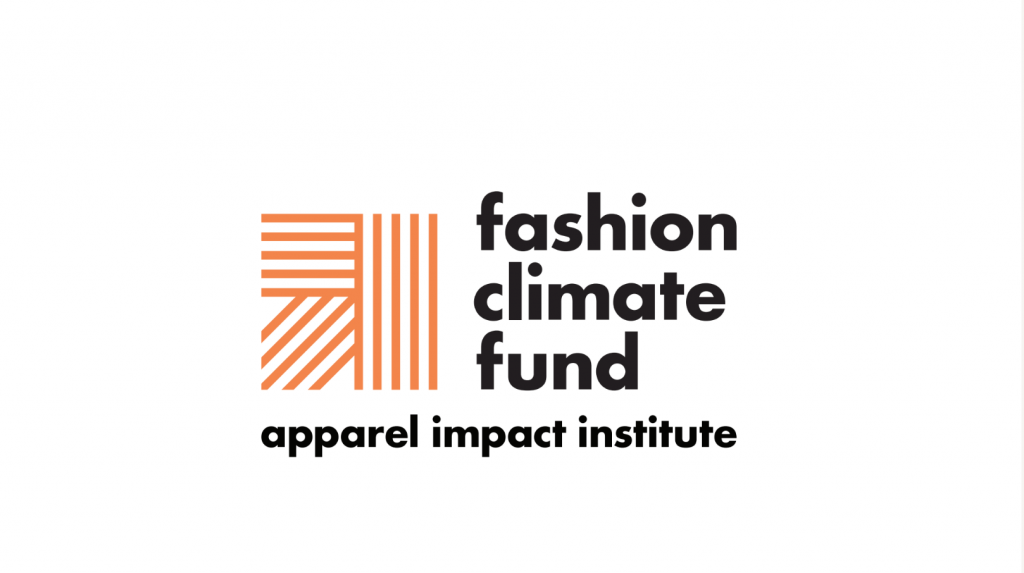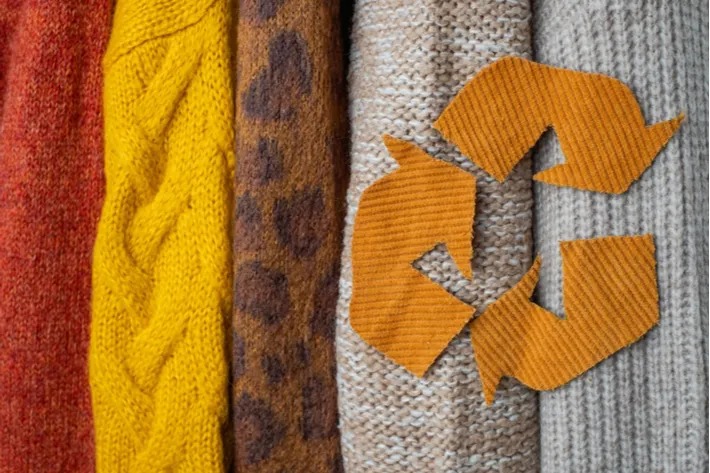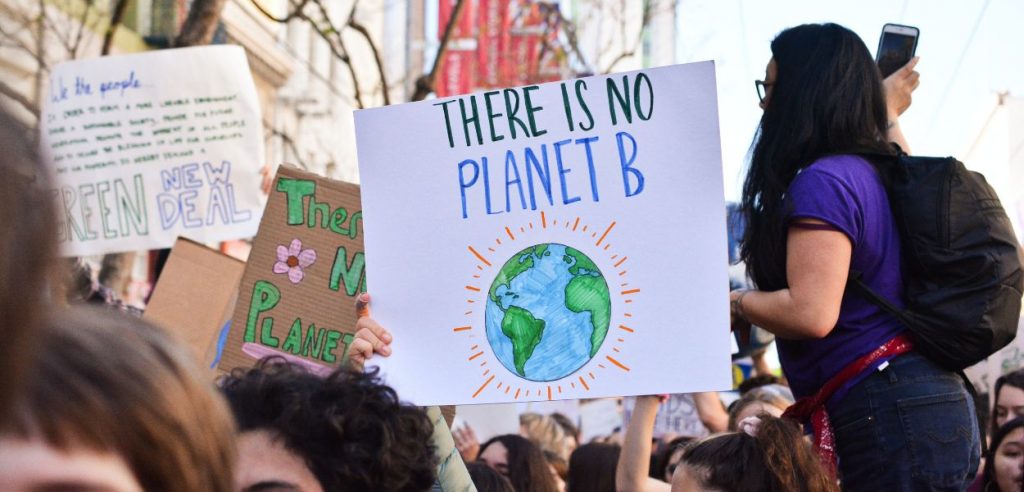There are many targets for the fashion industry to meet such as exceeding the 1.5 °C pathway in the Paris Climate Agreement and preventing the climate crisis from being more dangerous than it already is. Meet the Fashion Climate Fund

In an interview for Fashinnovation, the President of the Apparel Impact Institute Lewis Perkins shared that “the only way we get there is through this level of organization and collective action to identify what’s working, or what needs to be created to test to fund it and to scale it across the industry.”
An example of this is the Fashion Climate Fund. It aims to unlock a total of $2B in blended capital toward verified impact solutions.
Thus, this article will unfold some of the overproduction issues and how philanthropic actions can help fight climate change. Keep reading!
The Overproduction of Organic Cotton
Firstly, it is necessary to better understand the fashion industry scenario and climate change. According to Textile Exchange‘s recent report, we gathered a few statistics on organic cotton to show you better the problem of overproduction.
2020/21 global harvest saw 342,265 tonnes of organic cotton fiber produced on 621,691 hectares of certified organic land. And also, 180,726 tonnes of in-conversion fiber produced on 293,204 hectares of land in conversion to organic. The report compared it to 2019 and 2020, representing an estimated 37% growth in organic fiber.
As Vogue analyzed the numbers, global fiber production grew to a record-breaking 113 million tonnes in 2021. The article says that “this is almost double 2000 levels when global fiber production sat at 58 million tonnes. At current rates, it will continue rising to 149 million tonnes by 2030, despite sustainability experts’ demands for degrowth.”
According to Vogue, incoming legislation around sustainable production could help accelerate progress. “In the European Union, draft proposals for the Green Deal include plans to make recycling more compulsory or adjust tax based on the number of waste brands generate, tackling pre-and post-consumer waste, which might be better channeled into textile recycling operations.”
Thus, we explain the fund that aligns with the Apparel Impact Institute’s “Climate Solutions Portfolio”. They built it as a transparent registry of all running programs and pilots.
Apparel Impact Institute & The Fashion Climate Fund
Apparel Impact Institute released two reports that informed their work and the subsequent acceleration of resources. The first one is “The Roadmap to Net Zero” with World Resources Institute. And the other one is “Unlocking the Trillion-Dollar Opportunity Fashion Decarbonisation Opportunity“, with Fashion for Good and HSBC.
According to Aii president Lewis Perkins, the two reports “pointed us clearly to where carbon resides within the apparel supply chain and clarified the type of capital it would take to finance its removal.”
As a result, Aii recently announced the call for a $250 million Fashion Climate Fund. It is an industry-wide collaborative designed to unlock $2 billion in blended capital to identify, fund, scale and measure proven solutions to achieve science-based targets. Also, it has the power to reduce 150M tonnes of carbon over the next 28 years.
For Lewis, the textile, apparel and footwear community must make actionable commitments to reach the goal of reducing GHG by 45% over the next eight years.
“We see the greatest need to apply philanthropic and industry funds to early and mid-stage projects where catalytic funding can derisk unproven solutions in order to unlock financial capital to reach scale”, he said in the official report Annual Impact Report 2021.
Aii & Material Sourcing
Lewis Perkins shared with Fashinnovation that the sourcing of their textiles goes back all the way to the raw material, yarn preparation, and fabric prep.

“It is like any system, whether we’re building a building, or a community, or a product with packaging, everything is made up of stuff. Each one of those ingredients has an impact on the planet. It has a social impact, and it has a carbon, water, and chemistry, impact. We also have been designing all products that specifically fashion with a linear model, where it’s about the design, the production, and then in the hands of the citizen consumer”.
To sum up, the relationship they have to the source of materials connects to the intention to design for the ones that can be reused, “whether it’s in the product stage, or whether we’re going to disassemble, and upcycle those materials and do other uses other products,” he said.
The Fashion Climate Fund 2030 Goals
One of the statements on the Fund’s official website is that fast action is important to meet the industry’s 2030 climate commitments. “Industry leaders are ready to act, but unmet needs still exist, slowing the pace of change. We’re not going to meet the 2030 Science-based Targets unless we do something different”, they say.
In conclusion, here are the targets they are aiming for by 2030:
- All industry opportunities will be scoped, and every carbon reduction program is registered with the Climate Solutions Portfolio
- Aii will aggregate industry and philanthropy funds to unlock $2 billion in capital to accelerate decarbonization
- Aii’s stakeholders will widely adopt proven impact solutions across all tiers and interventions
Like this article? Then you must read this one: A Sustainable Commitment: Patagonia.






